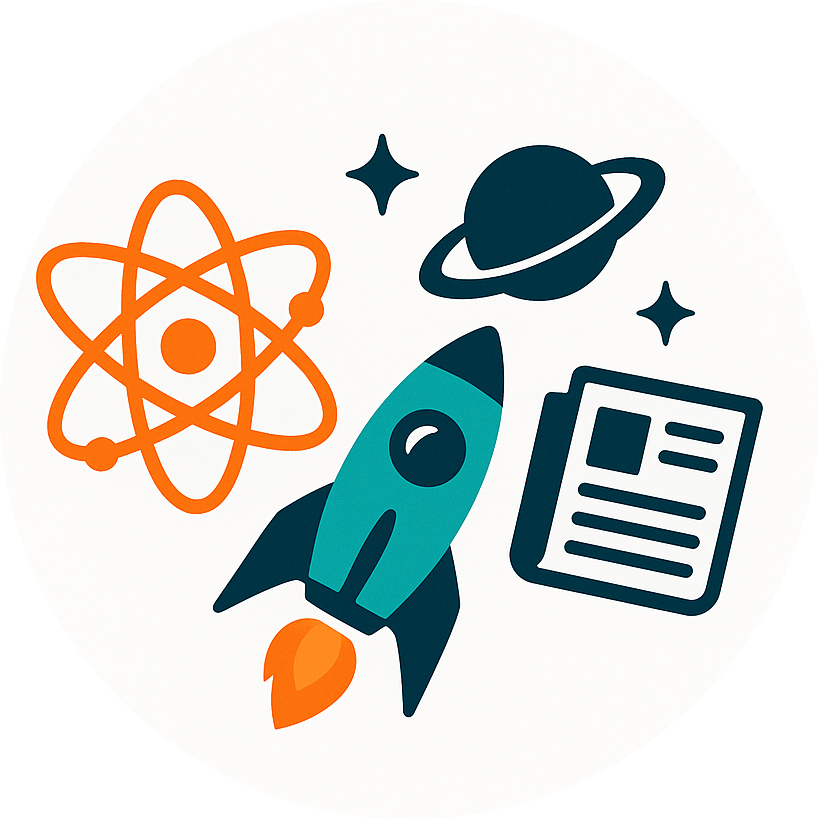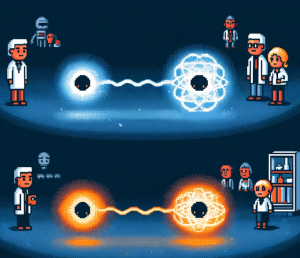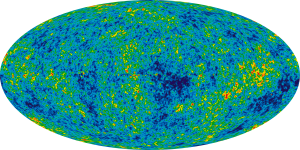
How Solar Observatories and Quantum Innovations Are Redefining Our Universe
The upcoming Solar Polar-orbit Observatory (SPO) is a groundbreaking mission that aims to provide humanity with an unprecedented view of the Sun’s poles, regions that have remained elusive for decades due to limitations in our current observational capabilities. This mission promises to unlock secrets about the Sun’s magnetic cycles, space weather, and forces shaping the heliosphere. By directly observing these hidden regions, scientists hope to gain insights into the dynamics of fast solar winds and their impact on space weather.
Dr. Jane Parker, lead astrophysicist at the SPO mission, explains, ‘For decades, we’ve theorized about the Sun’s poles and their role in influencing solar winds. Finally, SPO will give us eyes on these regions, potentially rewriting our understanding of solar physics.’
These discoveries could significantly improve our ability to predict space weather events that affect Earth, such as coronal mass ejections that can disrupt satellite communications and power grids. The mission exemplifies a global effort in solar research, combining expertise from leading space agencies worldwide.
The Quantum Leap: Reimagining Telecommunications
In the realm of quantum physics, researchers have taken a classic equation and given it a quantum makeover. A team of international physicists has successfully adapted Bayes’ rule for the quantum realm. By applying the ‘principle of minimum change,’ they have created a quantum version that maintains consistency with new data while altering beliefs as little as possible.
This innovation connects quantum fidelity—a measure of similarity between quantum states—to classical probability reasoning, potentially enabling new advancements in quantum computing and cryptography.
The new rule has already begun influencing experimental designs in quantum labs worldwide, helping scientists navigate the complexities of quantum-state measurement and manipulation.
Interstellar Voyages: Shedding Light on Early Cosmic Structures
The James Webb Space Telescope (JWST) has provided humanity with a glimpse into the universe’s early days, revealing evidence of what may be the first stars powered by dark matter. These ‘supermassive dark stars’ challenge existing models of stellar formation and raise questions about the origins of supermassive black holes.
- These findings suggest that, unlike typical stars fueled by nuclear fusion, these early cosmic objects might have been powered by the annihilation of dark matter particles, a notion that could significantly alter our understanding of cosmic evolution.
- The JWST’s ability to pierce the veil of cosmic dust has allowed astronomers to examine these ancient stellar nurseries, showcasing the powerful synergy between observatories and theoretical astrophysics.
Professor Maria Vasquez, an astronomer involved in the study, states, ‘The potential existence of supermassive dark stars opens up a new avenue in our quest to understand the dark matter that constitutes the majority of our universe’s mass.’
Quantum Precision: The Future of Navigation
In another leap forward, researchers have developed a breakthrough in GPS technology, addressing longstanding challenges posed by ‘urban canyons’—areas where skyscrapers interfere with satellite signals. This novel approach, coined SmartNav, utilizes satellite corrections, wave analysis, and 3D mapping data to achieve remarkable location accuracy, even in dense urban environments.[source]
The implications of this advancement are profound, promising to make urban navigation more reliable and affordable, with wide applications from enhancing civilian navigation to improving autonomous vehicle guidance systems.
Conclusion
These diverse scientific endeavors highlight a transformative period in our understanding of the universe. From sweeping vistas of solar winds to quantum ideals shaping the future of data analysis and navigation, humanity stands on the brink of discoveries that could redefine our place in the cosmic order. As we delve deeper into these explorations, the synergy between international collaboration and technological innovation continues to illuminate the path forward, guiding us towards a future rich in understanding and discovery.



